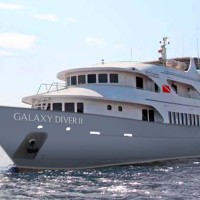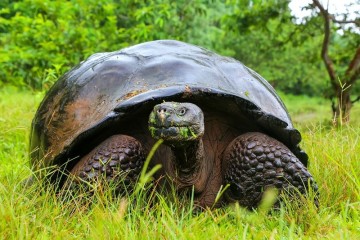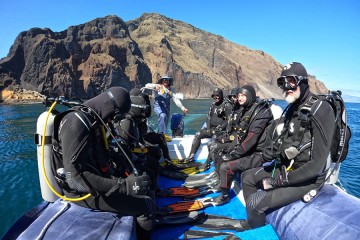Galapagos: Galaxy Diver II | 8 days
Tour Overview
Explore the Galapagos Island onboard the exclusive yacht Galaxy Diver II on a 8 day itinerary!
During your unforgettable eight-day journey through the fascinating Galapagos Islands, you will witness different facets of the region everyday. From the historic remains of Bachas Beach to the breathtaking high coast of Urbina Bay, snorkel in crystal clear waters alongside adorable marine iguanas and playful sea lions and encounter iconic species such as blue-footed boobies and Galapagos penguins. Get involved in the ongoing conservation efforts of the Charles Darwin Station. Visit Cormorant Point, known for its flamingo lagoon and sea turtle nesting site or go on a dinghy excursion of Elizabeth Bay's mangrove.
The Galaxy Diver II offers various amenities such as a charming lounge, a bar and the restaurant all located on the main deck or the solarium with a jacuzzi and spectacular 360° view. The gourmet chef prepares delicious meals to offer an exquisite gastronomic experience.
Viva's Best Bits...
Encounter blue-footed boobies and other unique animals in their natural habitat.
Enjoy amazing cuisine with local flavors from a gourmet chef and the exquisite gastronomic experience.
Go snorkelling and swim with sea lions, sea turtles, a diversity of tropical fish.


